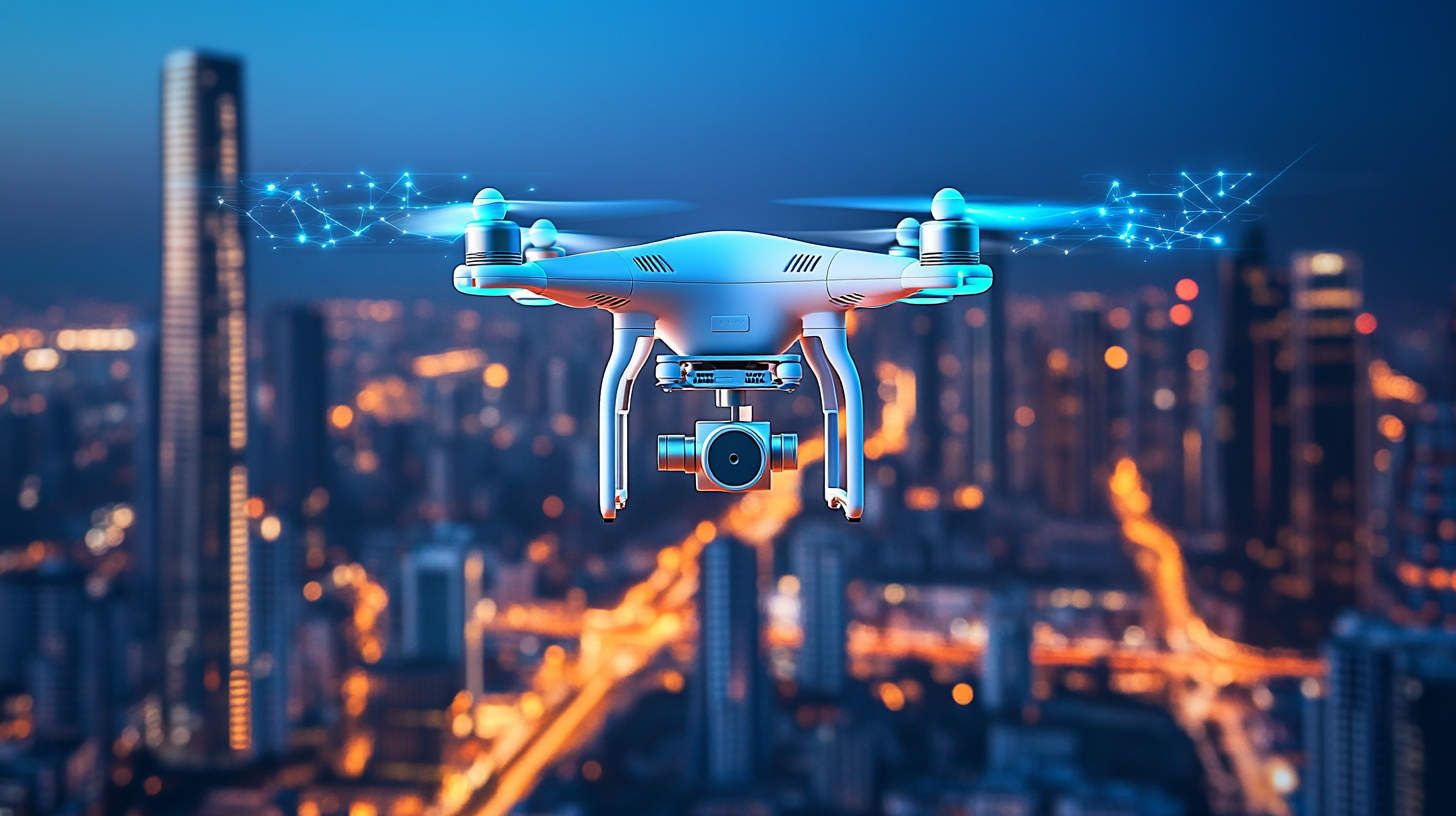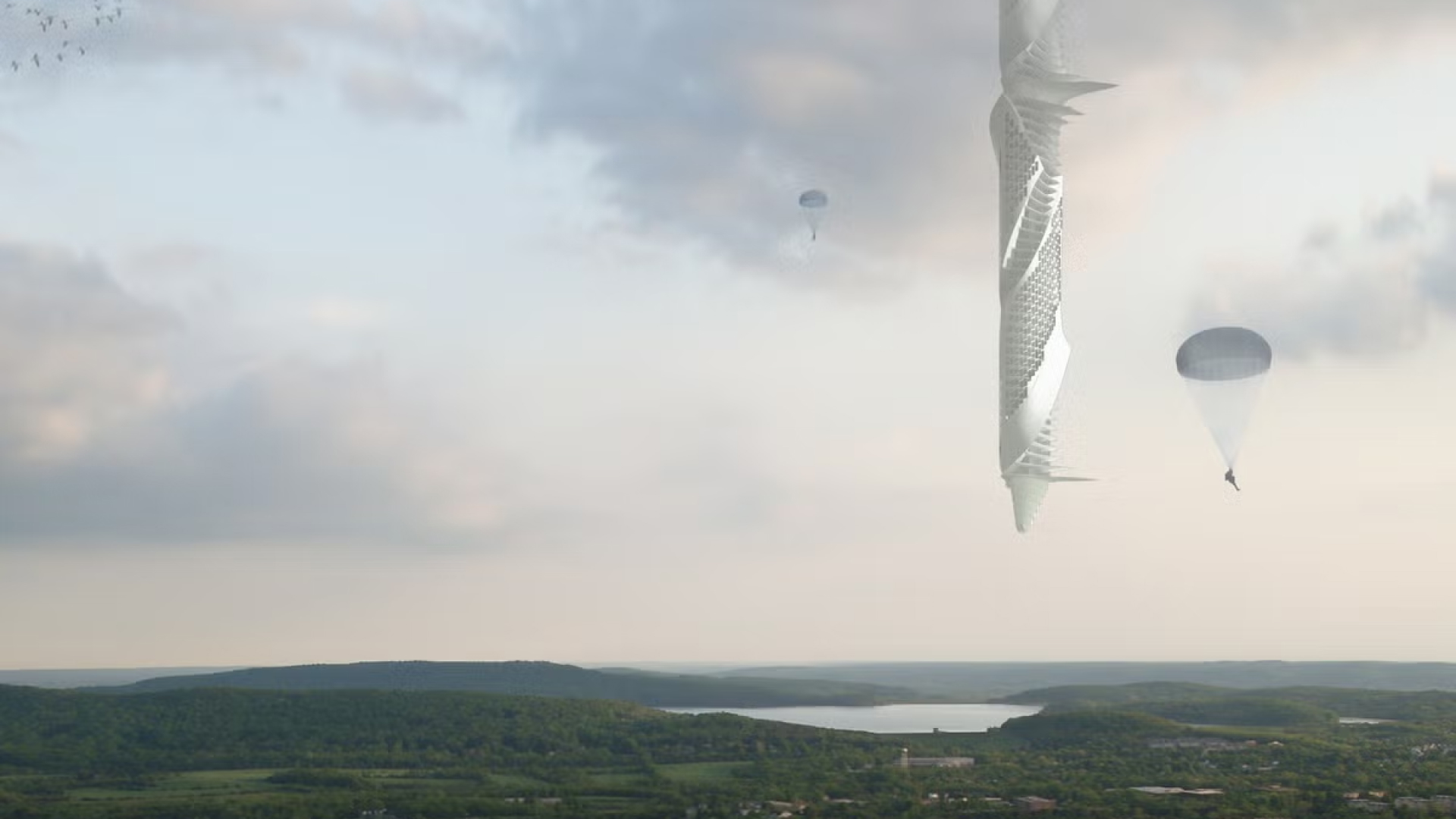Over the past few decades, drones or Unmanned Aerial Vehicles (UAVs) have undergone an extraordinary evolution. From simple radio-controlled aircraft, they have become sophisticated technological tools capable of performing complex tasks with precision and autonomy. The term “drone” dates back to the 1930s, inspired by the British aircraft “Queen Bee,” which was used at the time as a flying target for military training. Since then, the technology has advanced dramatically: today, drones operate in previously unthinkable fields such as logistics, precision agriculture, environmental monitoring, public safety, emergency management, and military operations.
One of the most significant transformations in recent years concerns the integration of drones with artificial intelligence, particularly computer vision. This AI discipline enables drones not only to capture images but also to interpret them and respond in real time. In other words, drones acquire the ability to “see” and understand the world around them much like a human being, but with greater speed and accuracy.
The role of Vision AI in intelligent drones
Computer vision is the beating heart of the new generation of autonomous drones. It is not simply a matter of mounting a camera on a flying device; it involves a complex system capable of dynamically analyzing visual data and making autonomous decisions. Drones equipped with Vision AI can identify objects, track movement, map areas, and detect obstacles all without the need for constant human control.
These capabilities are built on technologies such as artificial neural networks and machine learning. Neural networks enable drones to distinguish and classify what they see vehicles, people, buildings, or natural obstacles. Machine learning allows the system to improve over time: each flight becomes a learning experience that enhances the drone’s efficiency, precision, and safety.
This transforms drones from mere observation tools into true autonomous operators capable of functioning in complex, dynamic scenarios from monitoring a cultivated field to inspecting industrial structures or locating people in distress during emergencies.
Technology and Integration: hardware and software enabling autonomy
Integrating computer vision into drones requires a sophisticated combination of hardware and software components. On the hardware side, drones are equipped with specialized cameras and sensors tailored to specific missions. High resolution optical cameras are used for capturing detailed images in mapping and monitoring operations. Thermal cameras are essential in situations that require heat detection, such as search-and-rescue missions or industrial inspections. LiDAR sensors, which use laser pulses to generate 3D models of the environment, provide unmatched precision in autonomous navigation.
All this data is processed by onboard processors capable of interpreting visual information in real time and responding immediately to environmental changes. It is this rapid responsiveness that distinguishes an intelligent drone from a remotely controlled aircraft.
Bringing the hardware to life is the software component. Advanced computer vision models like YOLOv11 allow for accurate recognition of moving objects, supporting essential functions such as object tracking, obstacle avoidance, and autonomous navigation. The software guides the drone along efficient paths, plans routes, and ensures safe behavior even in complex and crowded environments.
Real-World applications across multiple sectors
The adoption of computer vision is greatly expanding the operational potential of drones. In logistics, for example, drones are revolutionizing delivery systems especially in the so-called “last mile.” Companies like Amazon, through its Prime Air project, use AI-equipped drones to deliver packages weighing up to five kilograms quickly and efficiently. The latest models, such as the MK30, can navigate autonomously, avoid obstacles, and complete missions even beyond the pilot’s visual line of sight (BVLOS), a milestone made possible by FAA regulatory approvals.
In the military domain, computer vision offers significant strategic advantages. Autonomous drones are reshaping modern defense by carrying out surveillance, reconnaissance, and tactical support missions with minimal human intervention. Models like Anduril Industries’ Bolt and Bolt-M operate in hostile environments thanks to features such as waypoint navigation, object segmentation, and inter-system communication. In conflict scenarios, this translates into greater operational efficiency, reduced risk to personnel, and improved decision-making.
The industrial sector is also reaping substantial benefits. With instance segmentation capabilities, AI drones can identify and distinguish similar objects within a shared environment, such as structural components of a bridge or sections of a power line. This allows for accurate detection of issues like cracks, corrosion, or overheating enabling timely, targeted maintenance interventions. In construction, drones equipped with Vision AI are used to monitor project progress, optimize resource use, and enhance on-site safety.
Another critical area is environmental protection. Smart drones are used to monitor wildlife, detect poaching, and observe changes in migration patterns. In emergency situations such as earthquakes, floods, or wildfires, these devices can quickly assess damage and locate survivors, supporting rescue teams with precise, real-time data.
Advantages, challenges, and future outlook
The use of AI drones offers numerous advantages. Their modular and adaptable design makes them extremely versatile tools. They can be equipped for a wide range of tasks from delivering medical supplies to scanning conflict zones, from agricultural mapping to inspecting wind turbines. Their operational efficiency translates into significant time and cost savings, along with increased safety for human operators.
However, large-scale adoption of these technologies also presents challenges. Limited battery life can hinder long range or high demand missions. The strong dependence on AI raises concerns about system reliability and the potential for failures in critical scenarios. Ethical issues are also prominent, especially in military applications or in the handling of sensitive data, where privacy, accountability, and autonomous decision-making come under scrutiny.
Despite these challenges, the potential of Vision AI in drones remains enormous. Advances in computer vision are making these devices increasingly intelligent, capable of functioning in dynamic environments and adapting in real time to unpredictable conditions. The future of automation will increasingly be shaped by this technology by skies populated with autonomous systems that observe, analyze, collaborate, and act with a level of intelligence and precision that is rapidly approaching, and in some cases surpassing, human capabilities.




